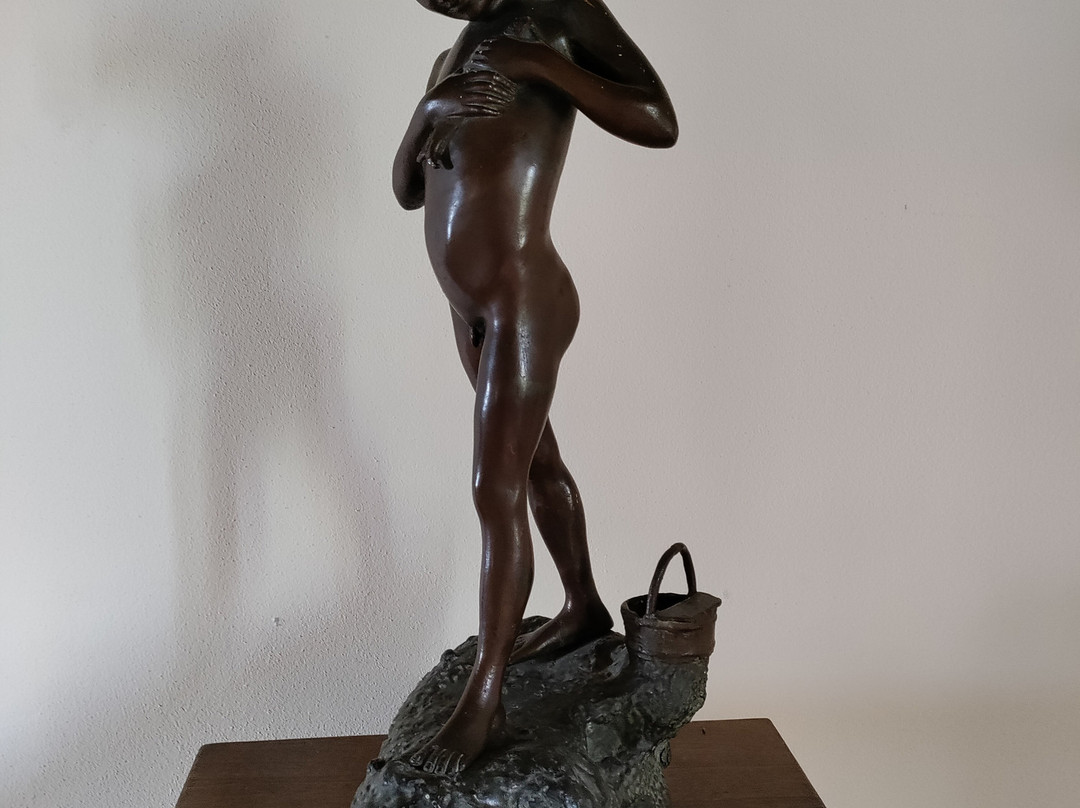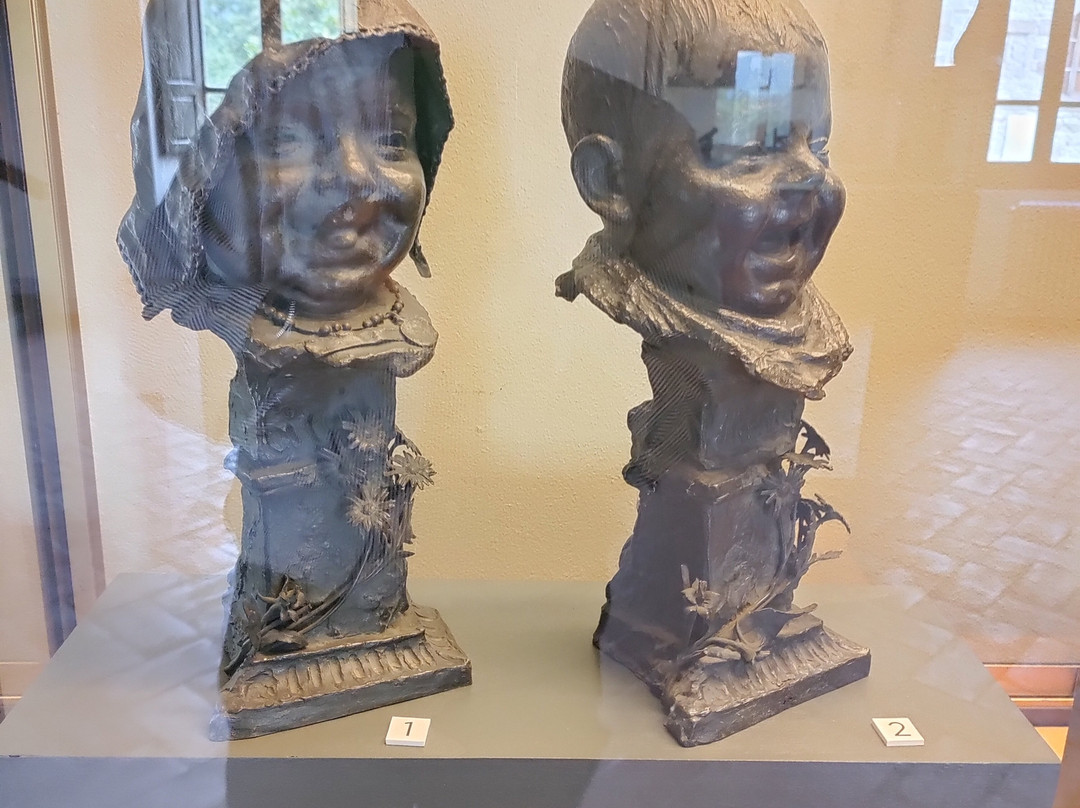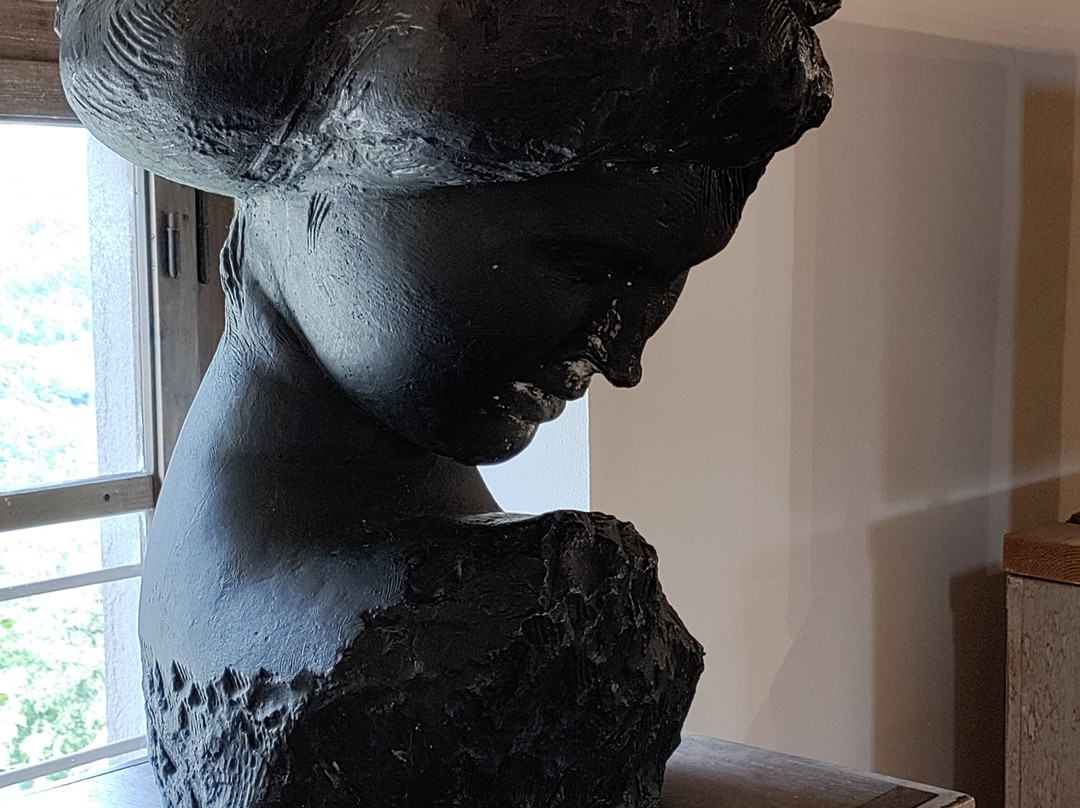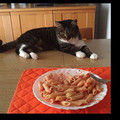的点评
Let's face it: Michelangelo was born here by chance. But...
Museo casa natale di Michelangelo Buonarroti的点评
点评:The role of Caprese village in Michelangelo's life is nothing, unlike the role – say – of Vinci in the life of another great Renaissance artist, Leonardo.
Michelangelo's father lived in Caprese for only six months: that is, the time expected for the tenure of a podestà of the Republic of Florence - as Michelangelo's father, Lodovico, was – perhaps both to avoid excessive familiarity with the governed, and to make staying in uncomfortable places acceptable to the Florentine upper classes.
In those six months, Michelangelo was born, and this in any case gives everlasting fame to this tiny village lost in the upper Tiber Valley.
The house, however, if it doesn't bear the imprint of the artist, gives a strong sense of what the life of a podestà sent to Caprese must have been like: it's rustic and simple, but solid. And the documents present in the museum shed significant light on Michelangelo's times. I remember for example the directives given to the podestà (as can be read in one of the preserved documents) mentioning among other things as a duty the defense of the weak (“orphans and widows”): which gives the sense of the presence of civilization in what must have been a difficult place and time to live in.
A feature that struck me about the house-museum is the presence of contemporary sculptures, collected on the upper floor of the annexed museum, and largely the result of a donation by Enrico Guidoni, an illustrious historian of urban planning and art.
They have nothing to do with Michelangelo, but can be considered a tribute to his art; and in any case they are valuable.
Michelangelo's father lived in Caprese for only six months: that is, the time expected for the tenure of a podestà of the Republic of Florence - as Michelangelo's father, Lodovico, was – perhaps both to avoid excessive familiarity with the governed, and to make staying in uncomfortable places acceptable to the Florentine upper classes.
In those six months, Michelangelo was born, and this in any case gives everlasting fame to this tiny village lost in the upper Tiber Valley.
The house, however, if it doesn't bear the imprint of the artist, gives a strong sense of what the life of a podestà sent to Caprese must have been like: it's rustic and simple, but solid. And the documents present in the museum shed significant light on Michelangelo's times. I remember for example the directives given to the podestà (as can be read in one of the preserved documents) mentioning among other things as a duty the defense of the weak (“orphans and widows”): which gives the sense of the presence of civilization in what must have been a difficult place and time to live in.
A feature that struck me about the house-museum is the presence of contemporary sculptures, collected on the upper floor of the annexed museum, and largely the result of a donation by Enrico Guidoni, an illustrious historian of urban planning and art.
They have nothing to do with Michelangelo, but can be considered a tribute to his art; and in any case they are valuable.
翻译:卡普雷塞村在米开朗基罗生活中的作用微不足道,就像芬奇在另一位伟大的文艺复兴艺术家达芬奇生活中的作用一样。
米开朗基罗的父亲在卡普雷塞只住了六个月:也就是佛罗伦萨共和国的首领任期的预期时间——米开朗基罗的父亲洛多维科就是其中之一——也许是为了避免与被统治者过于亲密,也为了让佛罗伦萨上流社会能够接受住在不舒服的地方。
在这六个月里,米开朗基罗出生了,无论如何,这让这个位于台伯河上游的小村庄永远声名鹊起。
然而,这所房子,即使没有艺术家的印记,也让人强烈地感受到被派往卡普雷塞的首领的生活是什么样的:它质朴而简单,但坚固。博物馆中的文件为米开朗基罗的时代提供了重要的启示。例如,我记得对 podestà 的指示(可以在一份保存下来的文件中读到)中提到了保护弱者(“孤儿和寡妇”)等义务:这让人感觉到文明的存在,而这肯定是一个艰难的地方和时代。
这座故居博物馆给我留下深刻印象的一个特点是当代雕塑的存在,它们收藏在附属博物馆的上层,主要是由著名的城市规划和艺术历史学家 Enrico Guidoni 捐赠的。
它们与米开朗基罗无关,但可以被视为对他的艺术的致敬;无论如何,它们都很有价值。
米开朗基罗的父亲在卡普雷塞只住了六个月:也就是佛罗伦萨共和国的首领任期的预期时间——米开朗基罗的父亲洛多维科就是其中之一——也许是为了避免与被统治者过于亲密,也为了让佛罗伦萨上流社会能够接受住在不舒服的地方。
在这六个月里,米开朗基罗出生了,无论如何,这让这个位于台伯河上游的小村庄永远声名鹊起。
然而,这所房子,即使没有艺术家的印记,也让人强烈地感受到被派往卡普雷塞的首领的生活是什么样的:它质朴而简单,但坚固。博物馆中的文件为米开朗基罗的时代提供了重要的启示。例如,我记得对 podestà 的指示(可以在一份保存下来的文件中读到)中提到了保护弱者(“孤儿和寡妇”)等义务:这让人感觉到文明的存在,而这肯定是一个艰难的地方和时代。
这座故居博物馆给我留下深刻印象的一个特点是当代雕塑的存在,它们收藏在附属博物馆的上层,主要是由著名的城市规划和艺术历史学家 Enrico Guidoni 捐赠的。
它们与米开朗基罗无关,但可以被视为对他的艺术的致敬;无论如何,它们都很有价值。



此点评仅代表旅行者个人的主观意见,并不代表TripAdvisor以及其合作方的意见。
关于我们
|新闻动态
|商务合作
|会员中心
|业主中心
|常见问题
|意见反馈
|联系我们
|营业执照
© 2025 Tripadvisor 版权所有。
使用条款 |隐私政策 |网站工作原理
部分照片由 VFM Leonardo 提供。
* Tripadvisor不是旅行社,也不是旅游预订服务代理商。我们提供免费、客观、公正的旅游资讯服务。 (显示更多)
TripAdvisor LLC 既不是预订代理商,也不是旅游运营商,不会向网站用户收取任何服务费。 按照规定,在 Tripadvisor 发布机票价格、游览和旅行套餐的合作伙伴(航空公司、旅行提供商及预订代理商),其标价须包含所有费用和附加费用。 例如, 机场出入境税费、消费税与其他服务费、手续费、杂费及附加费用。 当您向我们的某个合作伙伴进行预订时,请务必查阅他们的网站以了解当地行政部门要求的所有适用费用的具体情况。 除非另有说明,机票价格通常指的是一个人的价格(以人民币计)。
为方便起见,TripAdvisor LLC 根据从我们的预订合作伙伴获取的空房率计算每个酒店的均价。 对于游览和景点来说,所显示价格通常是每位成人的最低可用价格。 对于列出的任何旅行套餐或优惠,TripAdvisor LLC 无法保证任何特定的费率或价格。 此外,酒店均价每晚会更新,并以您的首选币种表示(使用现行汇率)。 由于这些已换算的价格是预估价格,因此,有关具体金额和币种请与预订网站进行核实。
此外,TripAdvisor LLC 无法保证我们网站上宣传的价格随时有效。 标价可能需要预订一定天数才能生效,或有不可用日期、使用条件或限制。
TripAdvisor公司对外部网站的内容一概不负责。优惠价格中不含税和其他费用。
ICP证:沪B2-20200433
沪ICP备20013175号
 沪公网安备31010502005427号
沪公网安备31010502005427号鹰程信息技术(上海)有限公司
货币/国家及地区
¥CNY
中国

